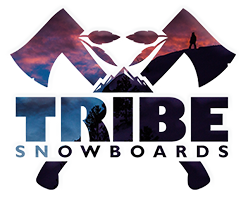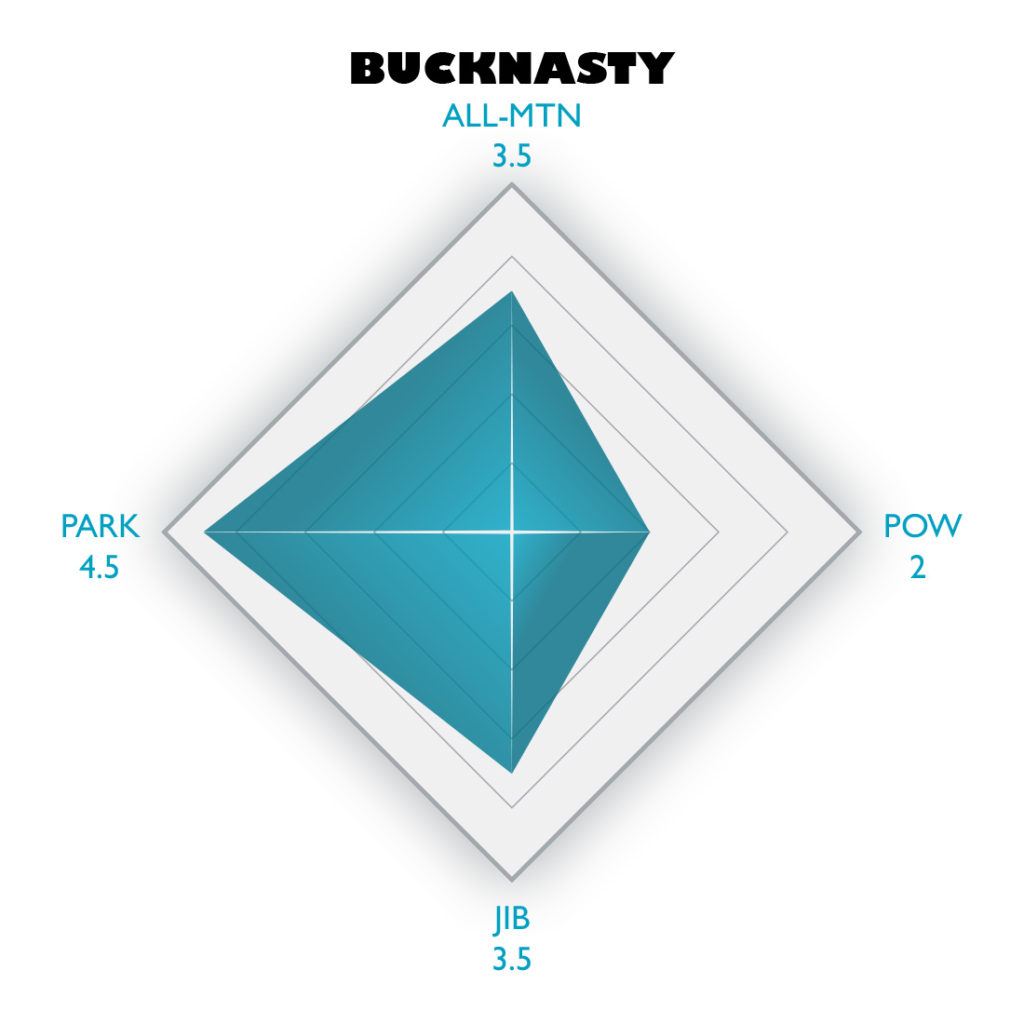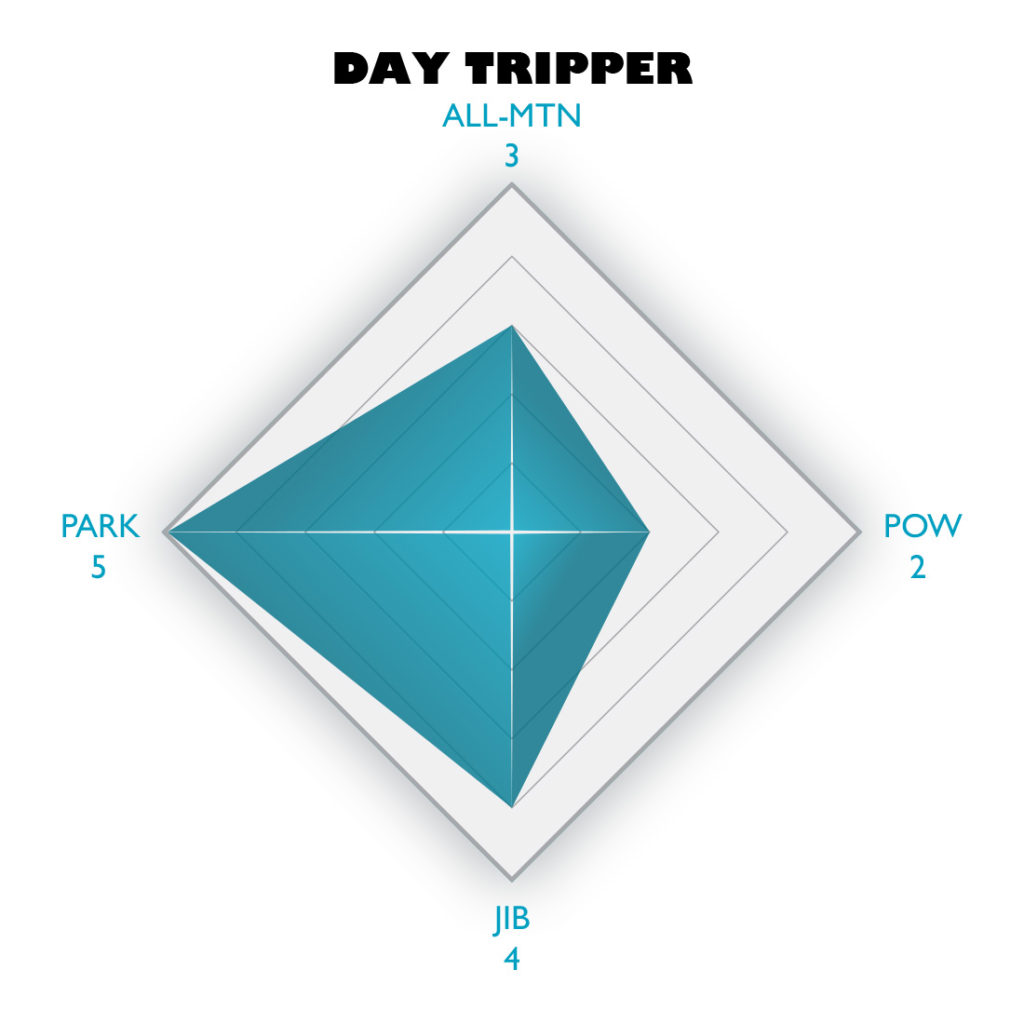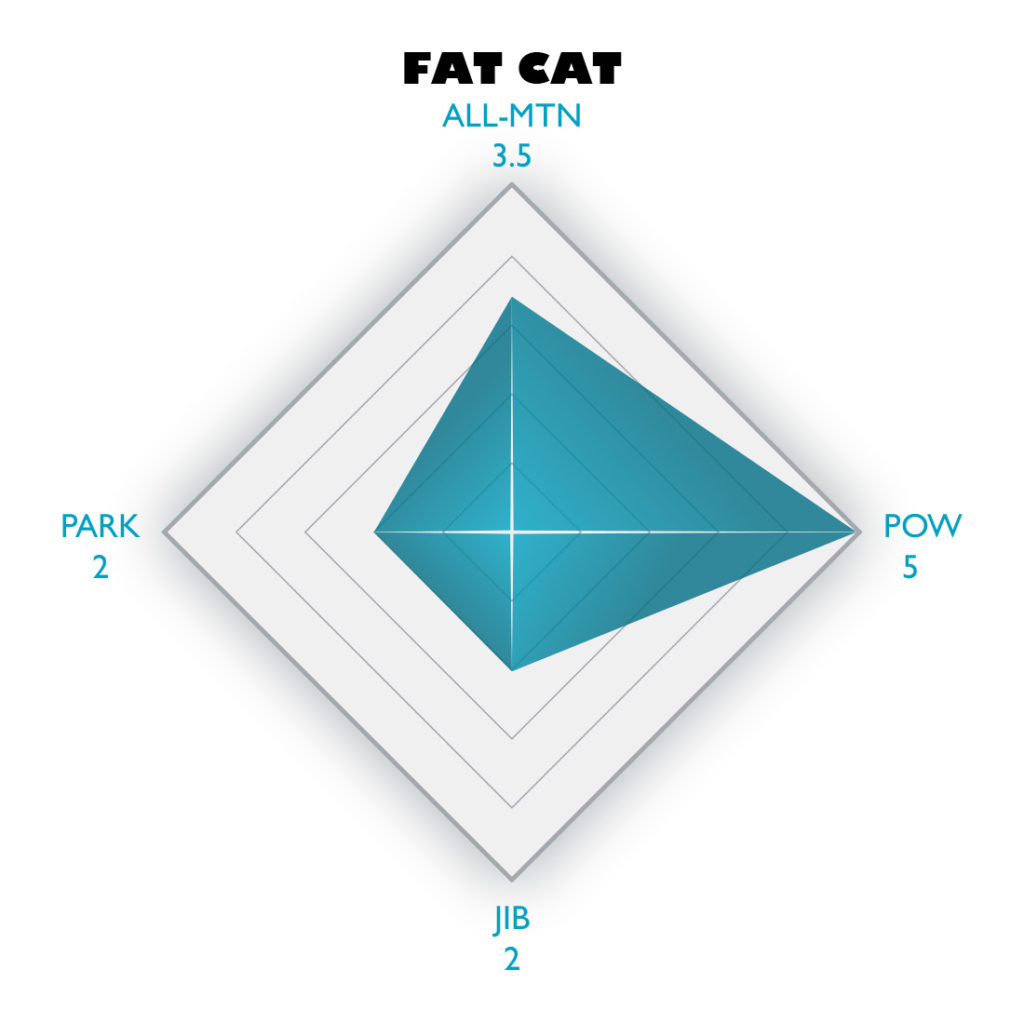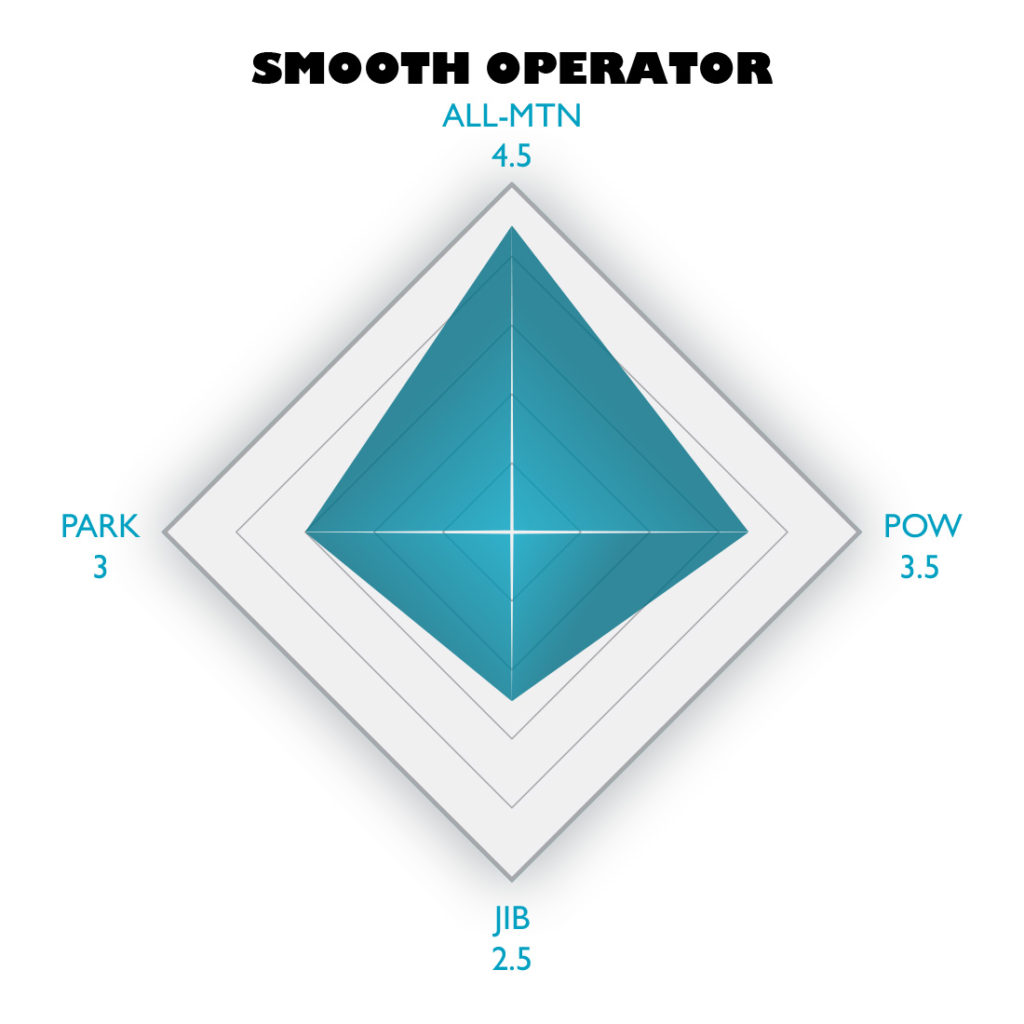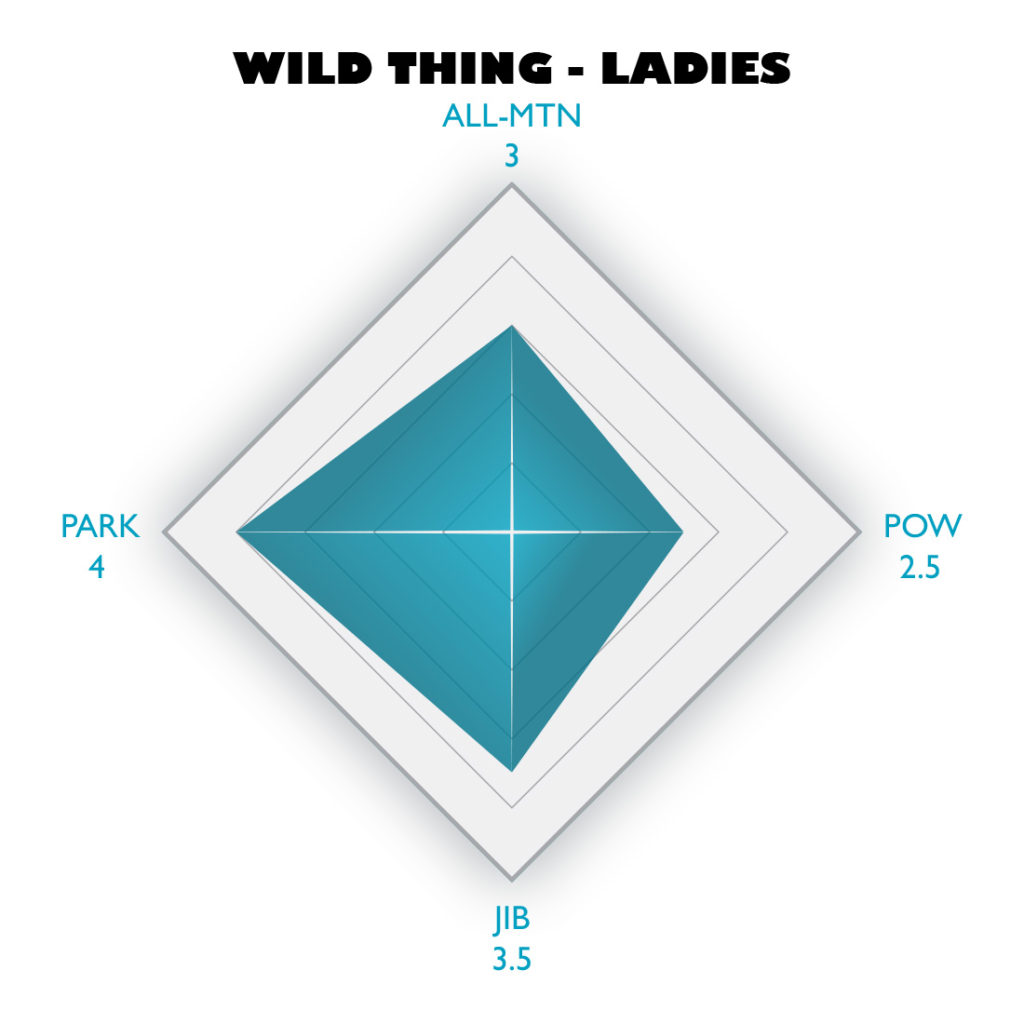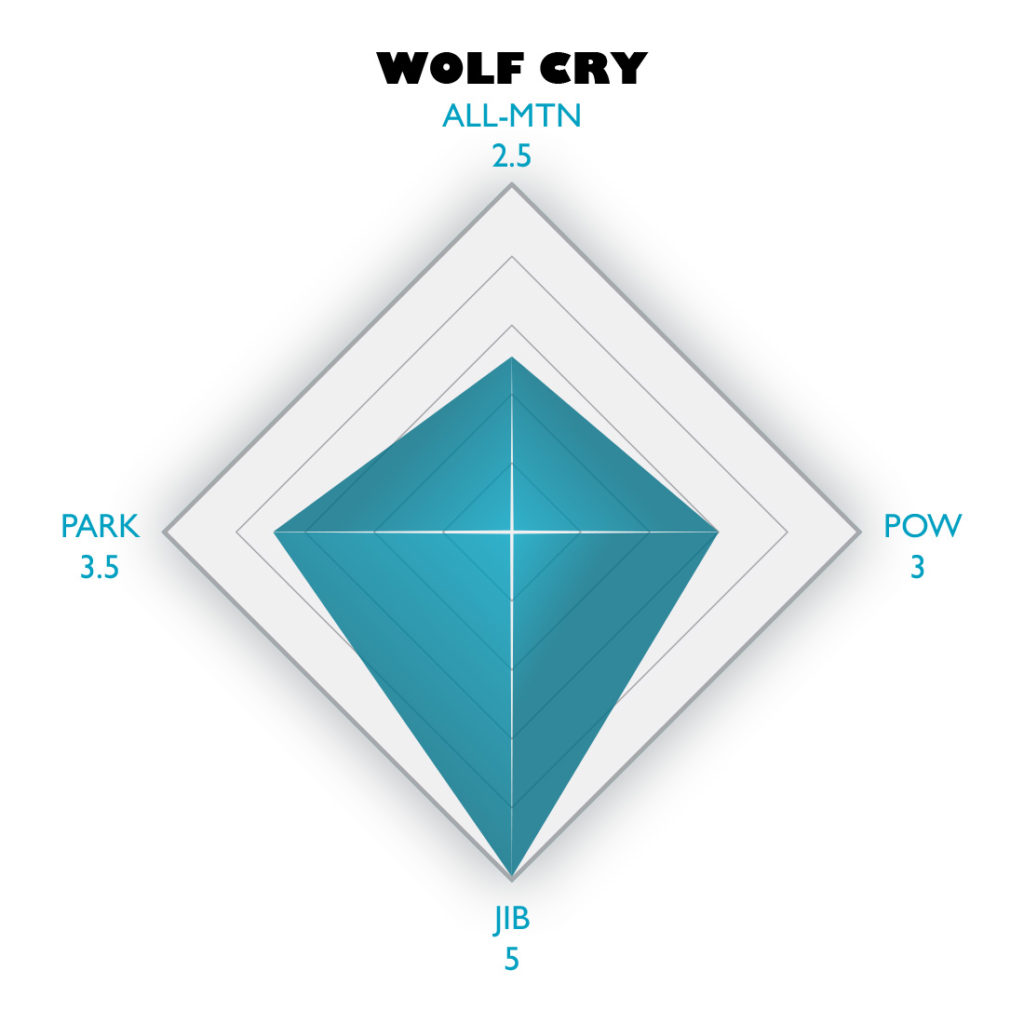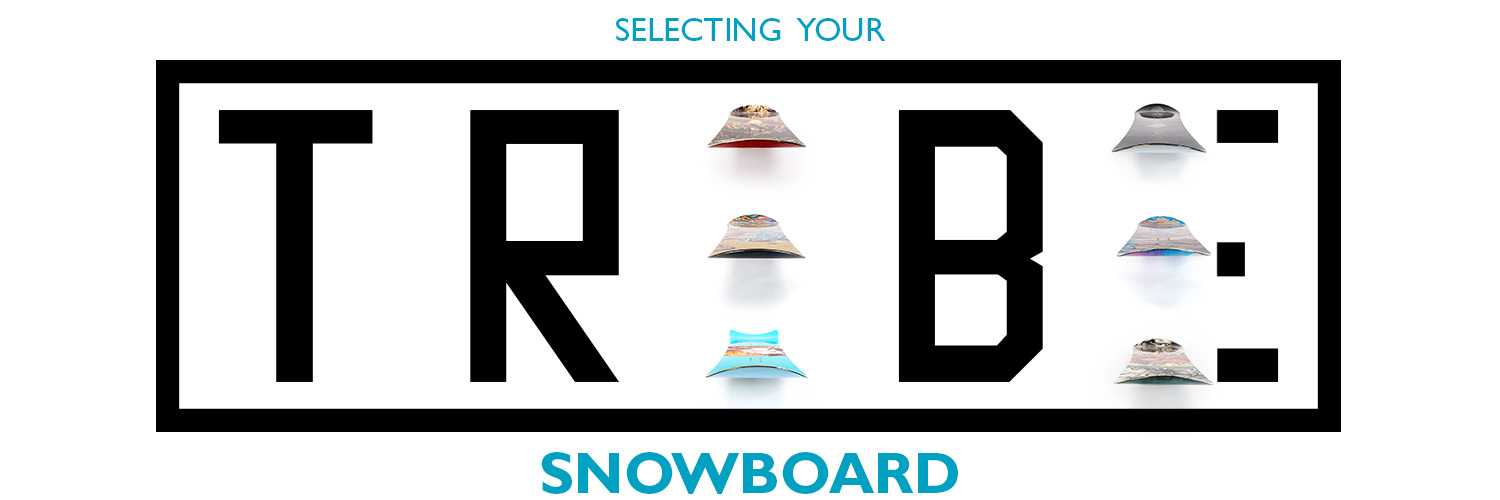
We break it down so you can easily select the best TRIBE board for you.
TRIBE’s Three S’s
Specifications = The technical specs to be considered.
Style = Your riding style and where you like to ride.
Shape = All of the physical and technical performance characteristics that a TRIBE board shape offers.
SPECS

All of our boards are built with top of the line materials:
- Sintered Base- We use 7500 Sintered base material, 2.5 times the thickness of the industry standard.
- Rockwell 48 Steel Edges- All of our boards feature fully wrapped steel edges, which helps prevent dings and delamination.
- Rubber Foil- Layered above steel edging as dampening to help reduce chatter.
- Fiberglass- We use a variation in weights and weaves to best suit the style of riding each board is catered towards.
- Carbon Fiber- Used as a reinforcement to the fiberglass. It helps makes the core responsive and adds torsional stability to the board.
- Alder Cores- We source our high alpine wood locally, ensuring they don’t crack and hold up at altitude.
- UMHD-PE Sidewall- Ultra Molecular High Density Polyethylene sidewall is the highest quality sidewall on the market. It is water and UV proof, and is highly abrasion resistant.
- Stainless Steel Inserts- Impact tested inserts, guaranteed to hold in place.
- PBT Top Sheet- The gloss top sheet ensures a beautiful scratch resistant finish on the graphic.
Park
Park boards are typically true twin boards, meaning the nose and tail are symmetrical and the bindings inserts are centered. They can however vary in their flex, with a softer more responsive flex pattern aimed to lock into rails, or can be built with a stiffer flex catering towards land jumps. Park snowboards tend to be shorter in length and have a soft longitudinal and torsional flex than All-Mountain boards.
TRIBE Recommends – Women’s Wild Thing, Day Tripper, Wolf Cry
Powder
Powder boards often feature a large nose and a tapered narrower tail. The binding inserts are often set back on a powder board to help the tip of the board float through the deep pow. Also to help in the deep snow, pow boards often feature an early and extended rise to the nose, where the tip rise starts farther back on the board. To complement the extended tip of the board, many pow boards also feature a shorter tail to prevent any drag in the deep snow.
TRIBE Recommends – Fat Cat, Smooth Operator
All-Mountain
All-Mountain snowboards are designed to perform in all snow conditions and terrain. They ride well on groomers, powder, park runs and almost anything in between. The versatility of all-mountain snowboards are a logical choice for most snowboarders. All-Mountain snowboards are also an excellent choice for new riders.
TRIBE Recommends – Women’s Wild Thing, Smooth Operator, Jeff Harvey’s Bucknasty
SHAPE
We have a few different shapes, sizes, and cambers that we work with here at Tribe Snowboards, this section is to help you sort through them and find one for you!
Board Shape
We have hand-crafted a variety of shapes to cater to any form of riding. Some of the shapes included in our arsenal are:
- True Twin – A true twin board has a symmetrical nose and tail, with a centered stance. Ideal for riding park, or for a rider that enjoys riding switch. (Day Tripper, Wolf Cry, Wild Thing).
- Directional Twin – A directional twin board has a symmetrical nose and tail, with the bindings slightly setback towards the tail. Ideal for those that ride a variety of terrain. (Smooth Operator 152-160)
- Directional – Directional snowboards tend to have a wider nose and a more narrow tapered tail, with the binding setback towards the tail of the board. Ideal for riding powder, or big mountain. (Smooth Operator 163, Fat Cat)
- Experimental Shapes – Many companies have recently been experimenting with non-traditional snowboard shapes. Lots of these shapes have been modeled around surfboard design. We have developed a crescent tail shape that simulates a surf-like feel through the powder and can be equally fun slashing and carving around groomers. (Fat Cat).
Camber

Camber measures the height of the center compared to the nose and tail of your board.
- Traditional “Camber”- is when the center of your snowboard is slightly raised compared to the tip and tails’ contact points. Benefits: Great edge hold, generates strong pop off jumps.
- Flat Rocker- is when the center of your snowboard is level with the tip and tail contact points. Benefits: Flat base allows quick edge to edge movement, extra surface area helps lock into rails.
- Reverse Camber or “Rocker”- is when the center of your board is lower than the tip and tail contact points. Benefits: Playful feel, makes butters easier, and more difficult to catch your edge.
Side Cut
There are four different types of sidecut when it comes to a snowboard, radial, asymmetric, progressive, and multiple. At Tribe, we stick with the traditional “Radial” sidecut. Having a uniform radius and a constant curve provides the best transfer of energy throughout the board.
